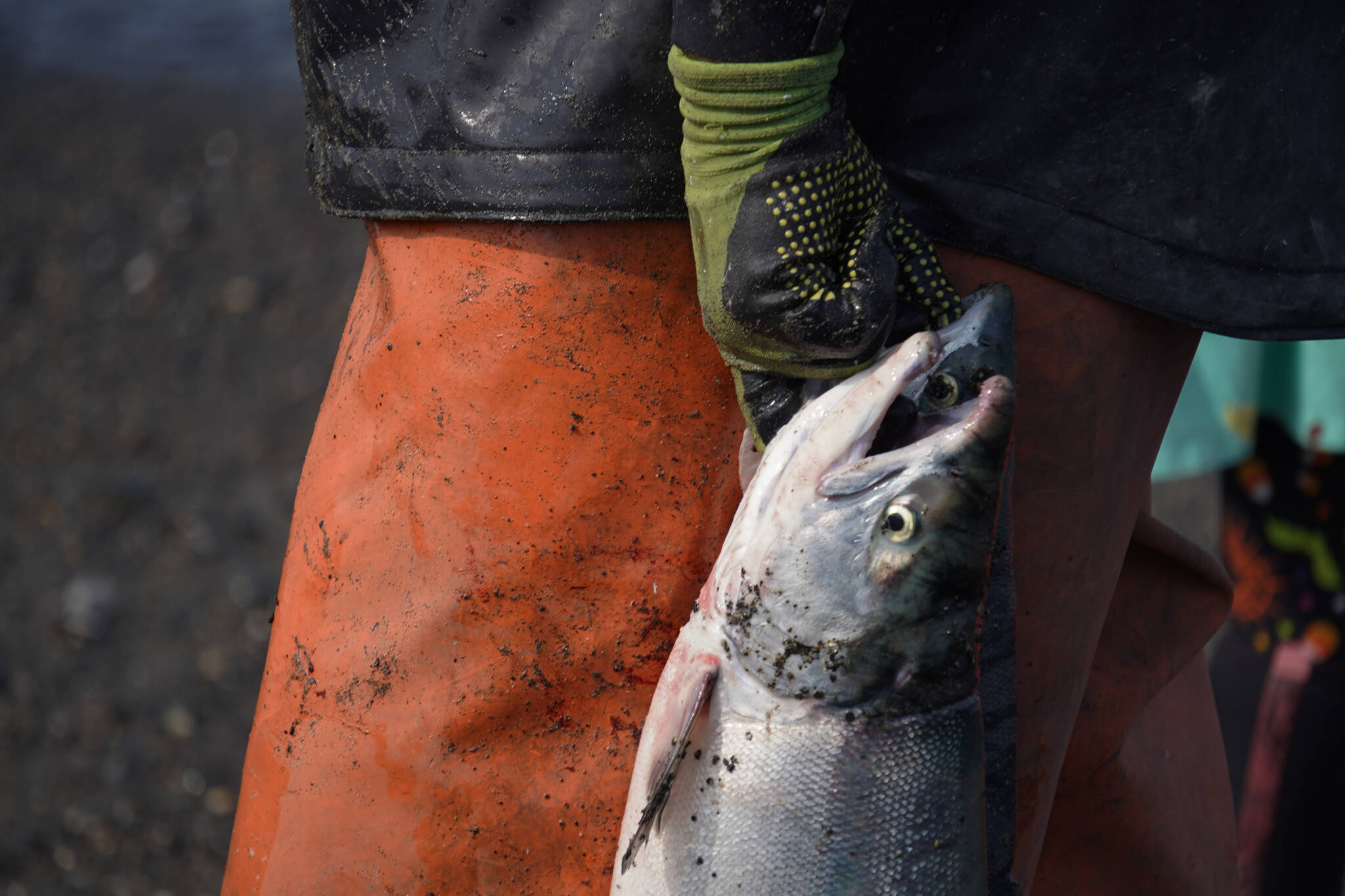The commercial dipnet fishery created by the State Board of Fisheries last year will be allowed to operate from 7 a.m. to 7 p.m. Monday through Friday this year, after expansion of the fishery by the board in March.
During a meeting of the board in Anchorage, the body heard a proposal by Joseph Person to expand the dipnet fishery to regular 12-hour openings seven days per week, an increase from the previous regulation, which said up to three openings of 12 hours each week could be authorized by emergency order of the Department of Fish and Game.
The board accepted the proposal unanimously on March 15, after amending it to reduce the openings to being only Monday through Friday. The board also chose to maintain the current fishing season of June 20 through July 31, discarding Person’s request to extend through Aug. 15, and added new provisions allowing the fishery to operate on City of Kenai shore leases and requiring fishers to record any released king or coho salmon on a fish ticket.
The amendment was submitted by board member Curtis Chamberlain, who said he wanted to encourage innovation of gear in the fishery. He said that he’d heard from fishers that they’d seen “better than expected success” but wanted more time in the water for a better chance at financial viability.
“A continued increase in fishing time for this group would allow greater access to this resource, given the high sockeye numbers and relative low king and coho mortality,” he said.
Board Chair Märit Carlson-Van Dort said she’s eager to see how the commercial dipnet fishery operates over the next two years before returning before the board at their 2027 meeting on Upper Cook Inlet fishing regulation.
The board approved dipnets for fishers who usually operate in the east side setnet fishery within the Kenai River late-run king salmon action plan, which they created after naming the kings a “stock of management concern,” or a stock with “chronic inability” to achieve escapement goals despite management action.
Under that plan, setnets cannot be used in the area until the department projects an escapement of 14,250 large king salmon — those greater than 34 inches in length. The stock hasn’t been counted at or above that total since the department switched its counting to large salmon in 2020. Last year, only 6,600 kings were counted and the department projects only 8,700 this year.
Up to four nets can be used per permit holder while commercial fishing with dipnets. Those nets must be operated by that holder or by licensed crew members. Fishing can occur from a vessel or from shore sites leased for commercial operation.
A survey of commercial fishers in the east side setnet fishery by the Commercial Fisheries Entry Commission after last year’s season found that few setnetters participated in the commercial dipnet fishery, and fewer reported turning a profit.
A full recording of the board meeting and other supporting documents can be found at adfg.alaska.gov.
Reach reporter Jake Dye at jacob.dye@peninsulaclarion.com.

